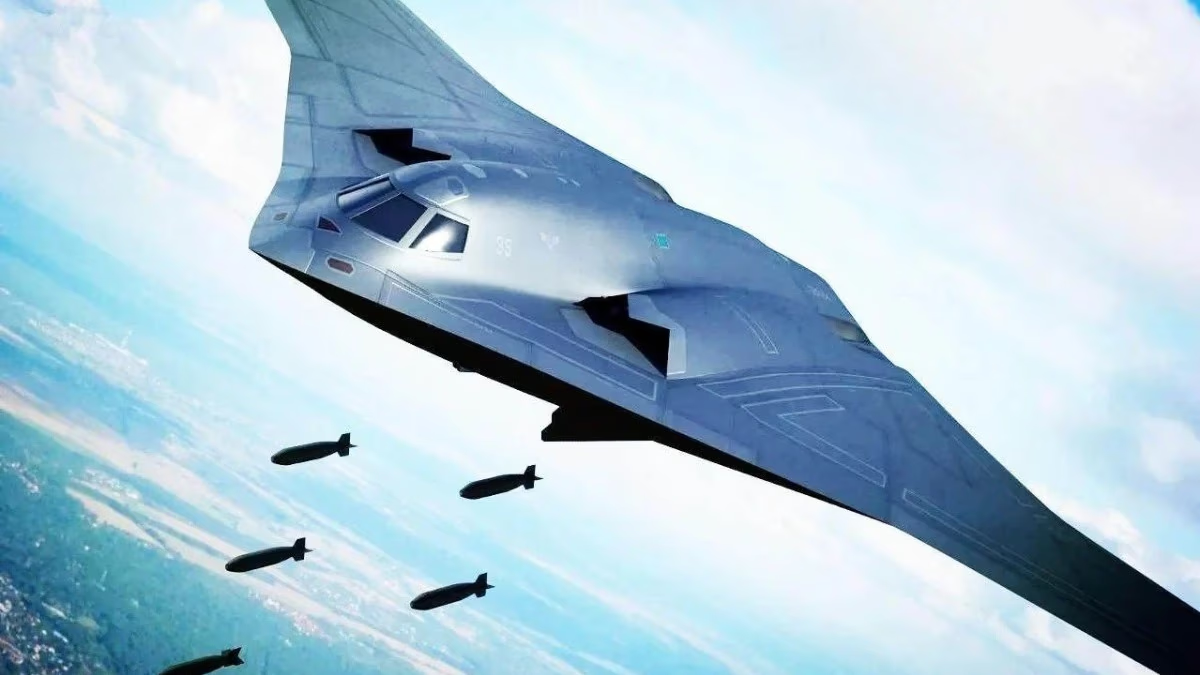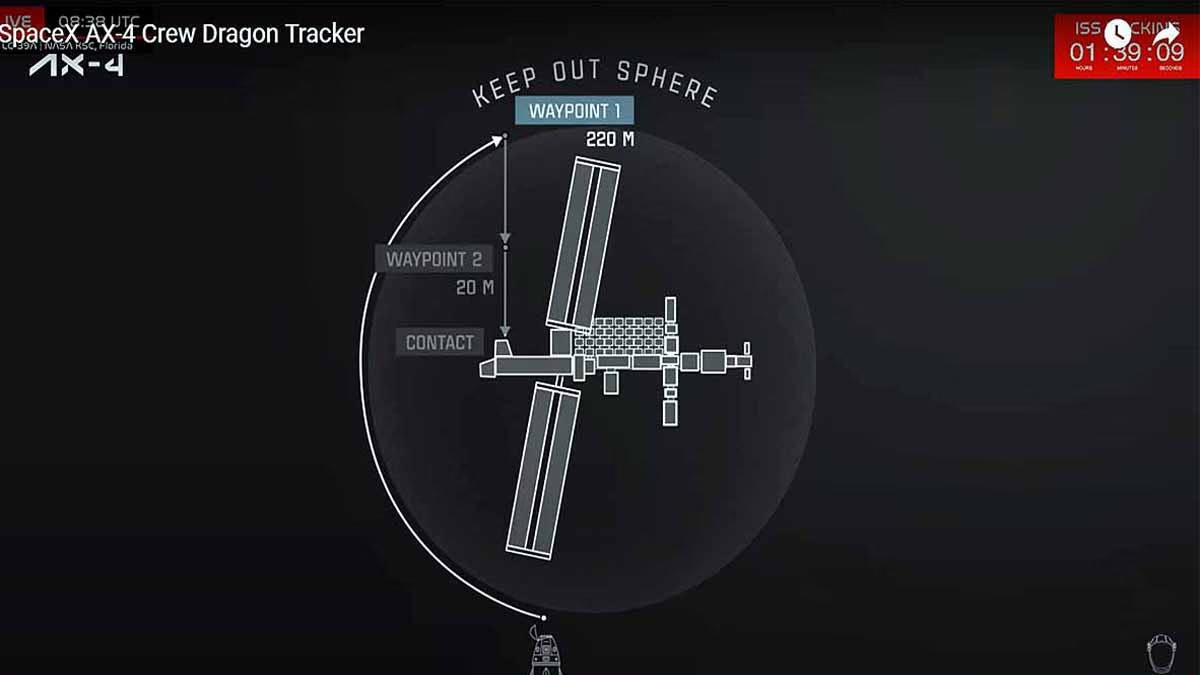China is taken aback by the destructive impact of American B-2 bomber strikes on Iran's nuclear sites. The nation believes it too should possess such strategically significant aircraft. Although China is currently developing sixth-generation planes, defense experts believe that without B-2-like bombers, China cannot compete effectively in modern warfare.
A report on this topic has been published in China's South China Morning Post.
Chinese analysts claim that strategic bombers are indispensable for the Chinese military. Analysts maintain that even with advancements in sixth-generation fighters and long-range missiles, the capabilities of aircraft like the B-2 bomber, including nuclear deterrence, make them essential for China.
China's need for strategic aircraft like the B-2 bomber
Chinese military experts have highlighted the effectiveness of American B-2 stealth bombers that conducted strikes on Iran's nuclear sites, directly dropping bunker buster bombs on these facilities.
In a mission lasting 37 hours, seven B-2 bombers flew approximately 27,000 km (16,700 miles). The operation included over 100 other aircraft, including aerial tankers.
It should be noted that China is still working on the next-generation stealth bomber aircraft called the H-20, which is currently in the development stage. In this scenario, Chinese defense experts stated that the U.S. Air Force's operation underscored the importance of these combat aircraft.
China cannot go without them
Military analyst and former People's Liberation Army inspector Song Zhongping stated, "A dedicated strategic bomber is a weapon China cannot do without, even at a time when we have other options for long-range strikes."
Pointing towards the American B-2 bomber, Chinese analysts have remarked, "A strategic bomber aircraft can carry out both nuclear and conventional strikes. It is an essential weapon for any major military power and cannot be substituted for any other weapon."
They noted that whether the sixth-generation fighter aircraft can fulfill this role will largely depend on its range.
It's worth noting that China's Xian H-20 is a subsonic stealth bomber being developed for the People's Liberation Army Air Force. It is the first dedicated strategic bomber designed to rival aircraft like the American B-2 Spirit and B-21 Raider.
H-20 might join China by the 2030s
According to the latest Pentagon report, this aircraft might be operational by the 2030s, playing a significant role in enhancing China's strategic military capabilities, though technical and timeline uncertainties remain.
It is notable that the U.S. Air Force's B-2 can strike distances over 10,000 kilometers, enabling attacks from one continent to another.
Defense expert Song commented, "This is the strength of strategic weapons, with the ability to operate across continents." "The B-2, B-1B, and B-52 all serve this role for America, while China still lacks this long-range strategic strike capability."
It should be noted that currently only the U.S., Russia, and China have long-range strategic bombers.
Although these planes are costly to maintain, they have proven their utility, capable of carrying long-range weapons too heavy for fighter jets.
Both America and Russia have a fleet of nearly 100 strategic bombers integral to their nuclear triad (land, sea, air) and a means for precise long-distance attacks.
Strategic bombers are aircraft that serve as a form of nuclear deterrence.
Song mentioned, "Indeed, a robust nuclear capability is based on a triad - land, sea, air. Strategic bombers are the aerial component of that triad."
He said these bombers can be manned, unmanned, or a mix of both. Such features are the best way to reduce pilot fatigue on long-range missions.
China not in the bomber race until 1960
China did not join the strategic bomber race until the 1960s, beginning with the H-6, licensed from Soviet TU-16s. In subsequent years, its range and payload were enhanced through upgrades.
The flying capability of China's H-6 and H-6N aircraft has been extended to 8,000 km, equipped with target-hitting and nuclear strike capabilities.
This made the H-6N China's first true strategic bomber.
The long-awaited H-20 is the second phase in efforts to match PLA capabilities with those of the U.S. and Russia.




